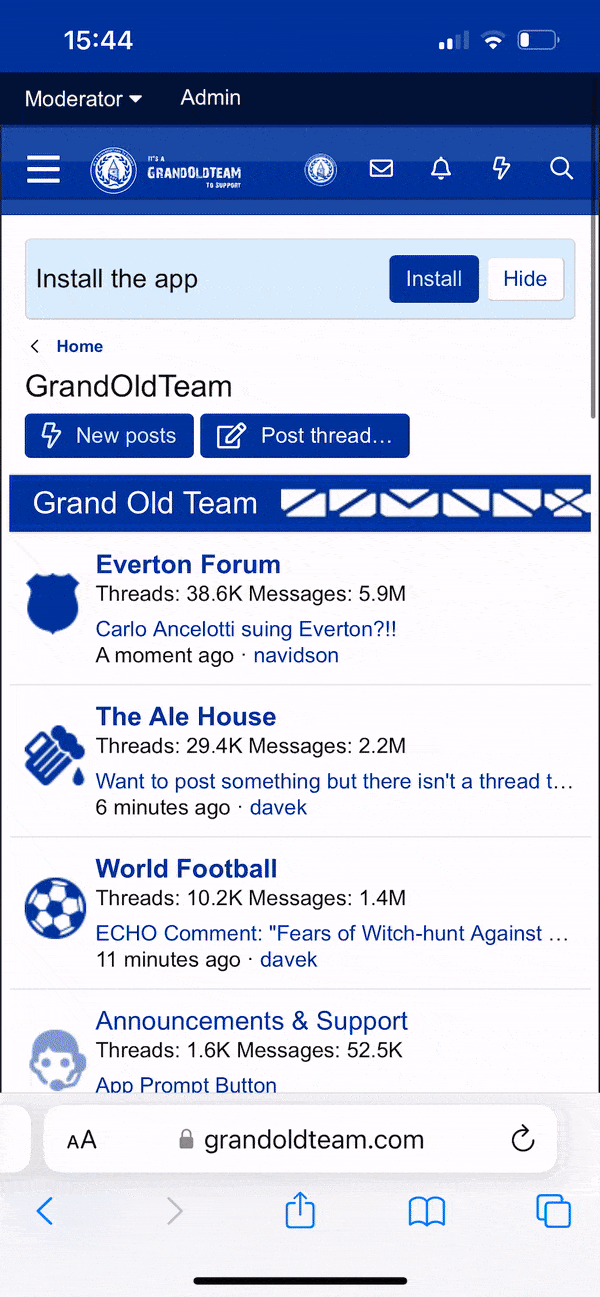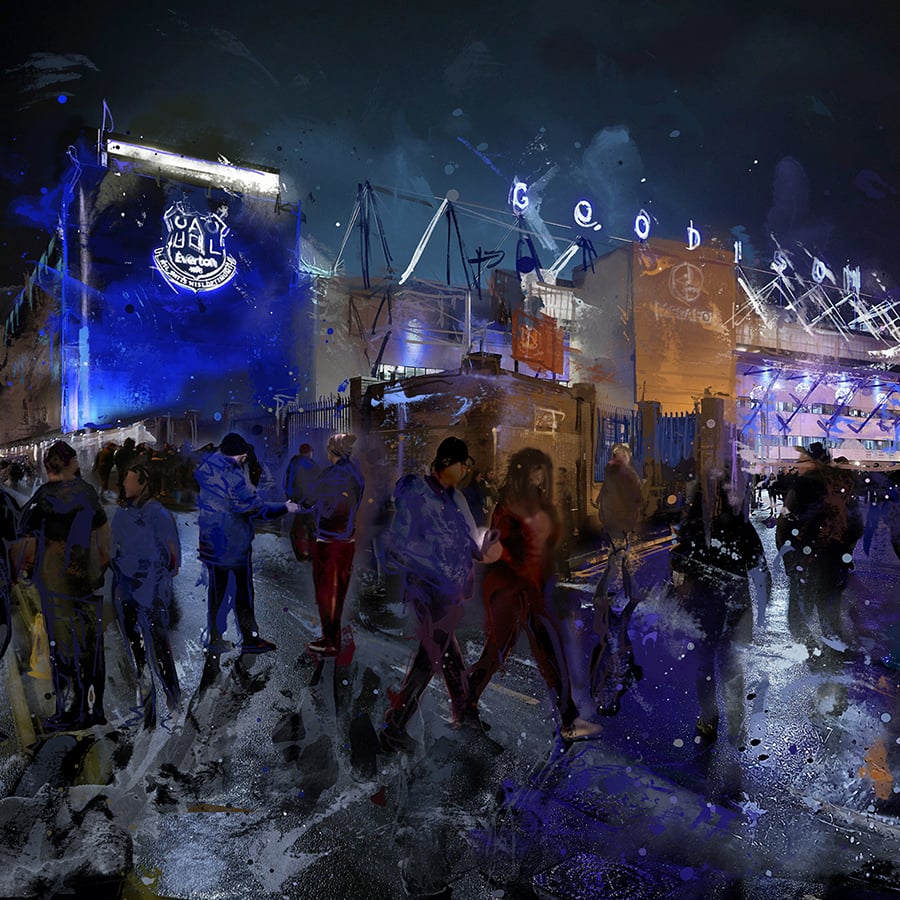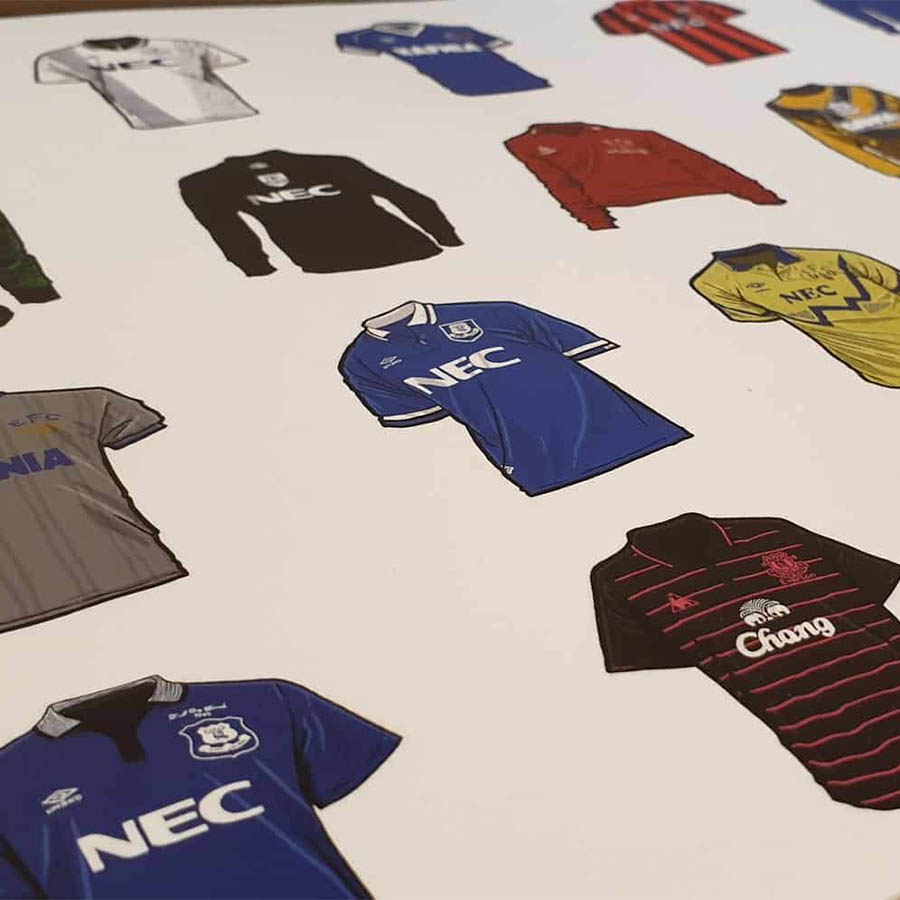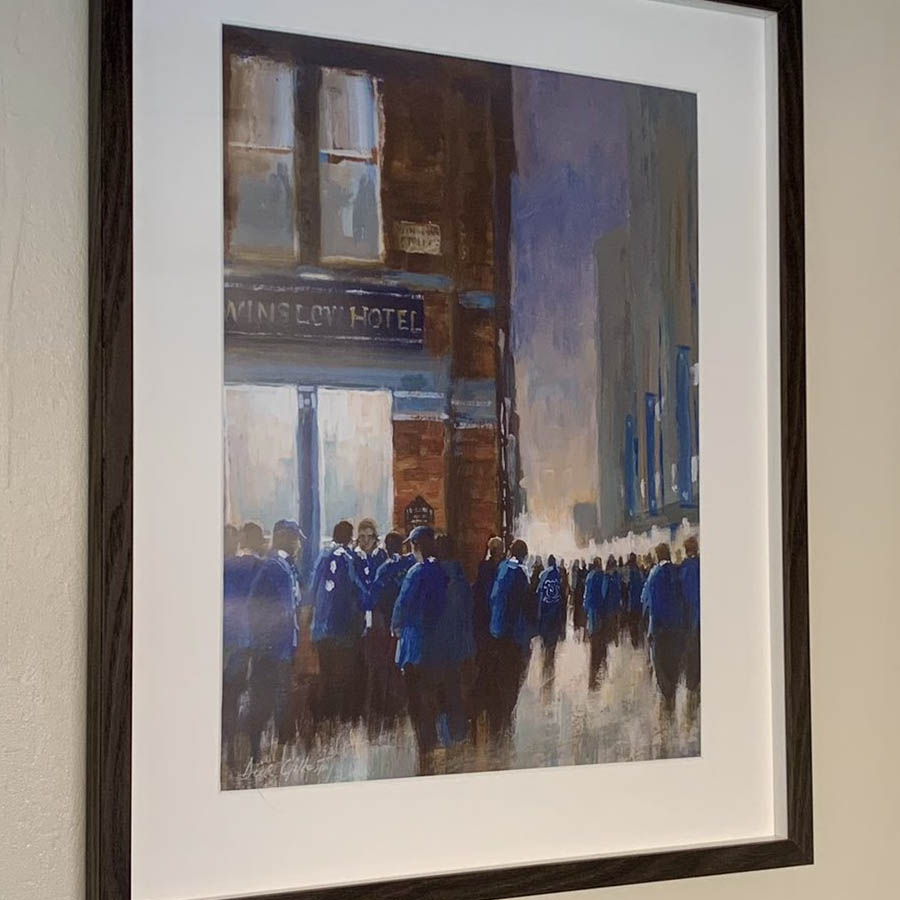Everton will visit the House of Commons on Tuesday as they step up engagement for their Bramley-Moore Dock stadium proposal, which they argue will transform a dilapidated area of North Liverpool. “This is a golden opportunity,” Richard Kenyon, Everton’s director of marketing, communications and community, will tell politicians.
Relocating from their historic home at Goodison Park is proving a long, complex and inevitably emotional process. The Liverpool Echo comment sections brim with acerbic jousting between Liverpool and Everton fans about the development. Unesco closely follows events on a World Heritage site.
So this meeting with MPs, backed by the Premier League, marks a significant moment in Everton raising awareness for their scheme. Central to the club’s argument is the beneficial impact on all in the city.
“We want people to understand that this is not just a new stadium for Everton Football Club,” Kenyon adds. “It is more than a stadium. It is more than a game. The socio-economic impact will be huge.”
The specialist socio-economic consultancy RealWorth calculates this impact to be worth £793.4m over a 10-year period to what Kenyon calls “health and well-being, environment, crime reduction and the preservation and creation of civic amenities”.
Everyone agrees the area needs attention and investment. “North Liverpool has some of the most disadvantaged wards in the country,” Kenyon continues. “There remains severe deprivation less than a mile or so from what is now a vibrant, bustling, increasingly cosmopolitan European city centre. North Liverpool is in desperate need of jobs, investment, physical regeneration and sustained social programmes, all of which our new stadium can deliver.
“This is a golden opportunity for North Liverpool. It is more than a once-in-a-lifetime opportunity. It is an opportunity that the North end of the city hasn’t had for decades and possibly never will again. If you saw this dock, it’s not a tourist attraction, it’s derelict, nobody goes. The [Grade II listed] hydraulic tower in severe disrepair. We’re going to repair it, bringing it back to life.”
The dock walls are also listed and Everton are very mindful of allaying Unesco’s concerns. “This will allow people to appreciate it [Bramley-Moore],” Kenyon adds of the plan. He will emphasise to MPs the club’s desire to “celebrate and showcase the heritage of the site”.
The design by the American architect Dan Meis will “recognise the dock’s unique heritage attributes . . . accentuating and preserving them”, Kenyon adds. Meis himself is on record that “the historic fabric of the dock is a priceless asset”. His lauded plan for Roma’s new stadium draws inspiration from the Colosseum. Meis will be present at the Titanic hotel in Liverpool on July 25 when Everton hold a meeting to launch the month-long second stage of public consultation.
Everton fans crave any indication of what their new home will look like. They know it is planned for a 52,000 capacity, with some rail seating and the target of opening in 2023. When one supporter tweeted Meis about the widespread belief that new English stadia are “not intimate or intimidating because of modern regulations”, Meis’ response was “just wait and see”.
His plans for Stadio della Roma are built around a “focus on intimacy and home-pitch advantage”, he has voiced his admiration of the sweeping, single-tier South Stand at Tottenham Hotspur Stadium while the new FC Cincinnati MLS stadium boasts a steep, single tier behind one end housing the most vocal fans in “The Bailey”.
When first approached about the project, Meis was told by Robert Elstone, the then chief executive, that Everton’s new home had to be a “cauldron of energy with the steepest stands right on top of the pitch and a massive home end”.
Encouragingly for the fans, Meis appears to have fallen “in love” (his words) with the club. He has a Duncan Ferguson shirt and Everton mug in his office in Santa Monica, a club scarf signed by Tim Howard while a scoreboard on the wall displays “1878”, the year Everton were founded. He also now has an 1878 tattoo.
Fans’ hopes will be clarified when they finally see Meis’ designs. Everton are confident the design will be spectacular and enhance the famous city skyline, and promote the city globally. “Our stunning city-centre skyline will be in the background of every broadcaster’s coverage, one billion people worldwide every other week,” Kenyon adds. “We don’t get that at Goodison; when drones hover over the stadium, they pick up the parks and the area we’re in.
“This is different. You see a historic but also a modern cityscape. It is rapidly becoming a city that people aspire to come to, a cool city, one of ‘the’ places to visit, and a lot of this is based on our history of culture through the Beatles and through football. A new stadium in this location will drive more visitors and further position the city as a dynamic, cultural destination with football at its heart. The value to the city in exposure will be significant and sustained. It’s not like a marketing campaign that has a time limit.”
Kenyon will point out to politicians that “redeveloping Goodison is not an option with site constraints too significant to overcome”. Much focus will inevitably be on what will become of Goodison. Kenyon, the club’s dynamic chief executive Denise Barrett-Baxendale, chairman Bill Kenwright and majority share-holder Farhad Moshiri are adamant that Everton will not follow the route taken by some clubs with their old home.
“Goodison will not just be sold off to the highest bidder for a new supermarket, retail park, or an unsympathetic housing estate,” Kenyon says. “We plan to do something innovative, original and befitting of who we are as a football club…the People’s Club. Our vision is to create a development that benefits the local community.” The Goodison legacy project will include “health facilities, education amenities, community space, leisure provision and homes”, adding to extensive facilities already built through Everton In The Community.
As for funding, Kenyon told local business leaders that, “We have several options available to us and are carrying out due diligence before identifying the best funding solution”. After absorbing feedback on Bramley-Moore and the Goodison legacy project, Everton will make a final submission of planning application “by the end of the year”.
Interesting.

















